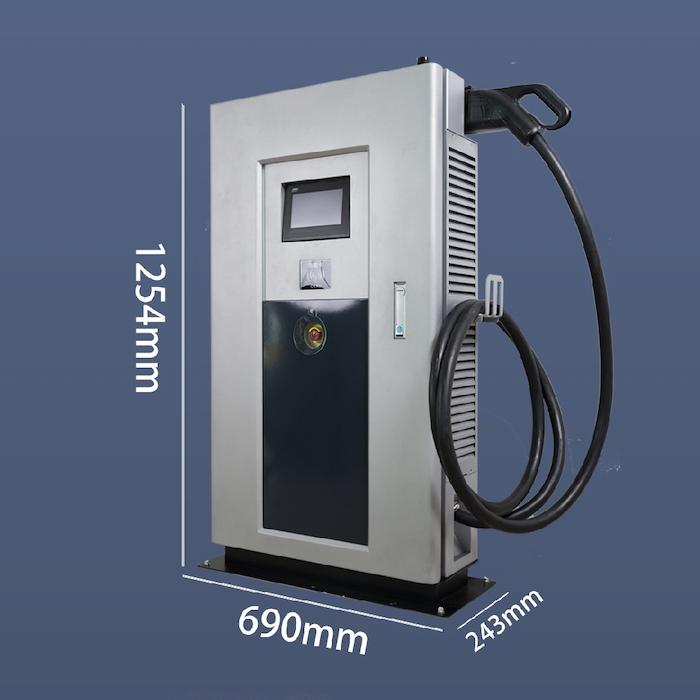It is mainly divided into AC charging pile and DC charging pile.
The AC charging pile is generally of small current, small pile body, flexible installation, and the full charge is generally 6-8 hours. It is suitable for small passenger electric vehicles. It is mostly used in public parking lots, large shopping centers and community garages. Most household charging piles are also AC charging piles. The DC charging pile is generally of high current, with larger charging capacity in a short time, larger pile body and large occupied area (heat dissipation). The DC charging pile is suitable for fast DC charging of electric buses, medium buses, hybrid buses, electric cars, taxis, engineering vehicles, etc.
It is mainly divided into public charging pile, special charging pile and self use charging pile.
This is just a distinction between the purposes of the charge point. The charge points of different service objects can also be interchanged. Public charging piles are purchased by government agencies and other institutions with the nature of public services, and the service object is for any electric vehicle owner, such as public parking lots. The special charging piles are mostly built for enterprises, and the service objects are customers and internal personnel, such as shopping malls and parking lots. The self use charging pile is a private charging pile, which is installed in the private field and is not open to the public.
It is mainly divided into indoor charging pile and outdoor charging pile
The protection grade of the indoor charging pile shall at least reach IP32, while the outdoor charging pile shall face the harsh environment of wind and rain, and need better insulation and lightning protection conditions. Its protection grade shall at least reach IP54 to ensure personal safety, body safety and charging equipment safety.
At present, the charging piles in the market are mainly one charging pile. In large parking lots such as bus parking lots, multiple charging piles are required to support the charging of multiple electric vehicles simultaneously, which not only speeds up the charging efficiency, but also saves labor.
